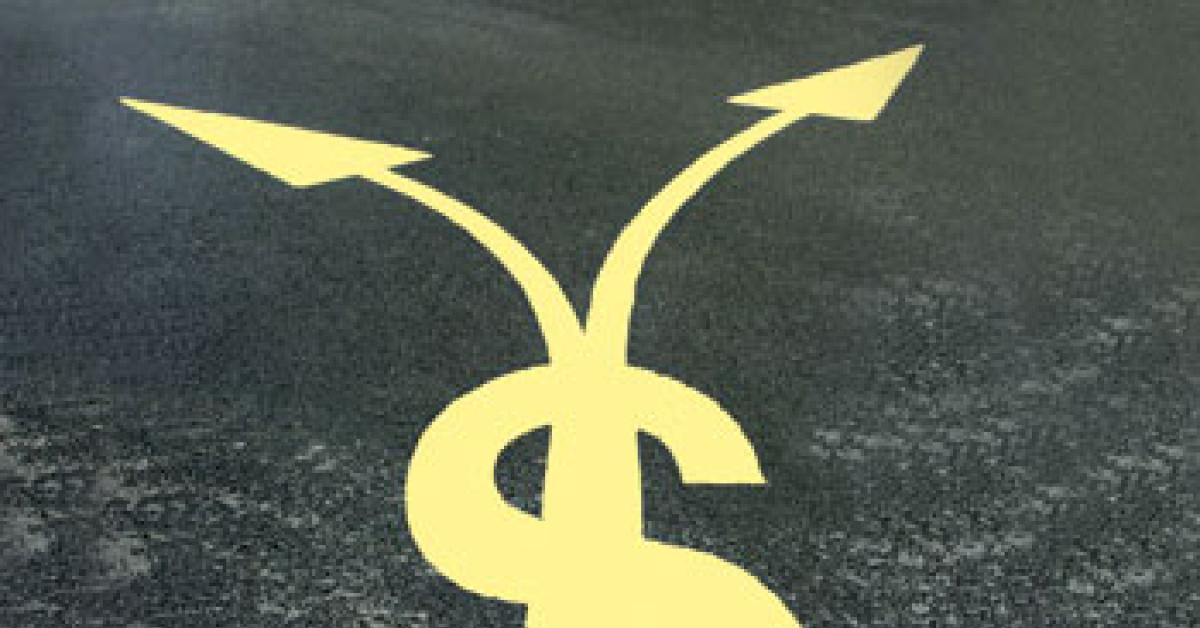CHICAGO — The decline of Blockbuster’s DVD rental business that led to bankruptcy and the closure of hundreds of its brick-and-mortar stores across the country last year is a wake-up call for drycleaners, warns “The Route Pro” James Peuster.
Why? Because drycleaning and Blockbuster have something in common: it’s necessary to make two trips for service.
“You rent a movie, you go home, you return it next time,” he says. “You drop off clothes, go home, you pick them back up. Very few retail situations require two trips for service. This is why routes are now essential.”
But the drycleaner who is considering starting route service better be serious about it, Peuster says, because not being fully invested in the effort can create more headaches than they’re worth.
For 10 years, Peuster has been an “on- and off-site coach, specifically for routes.” The goal of his consulting business is “to make sure people do routes right, or not at all.”
GETTING BETTER
When operators struggle to maintain profitable route operations, it often boils down to their choice of driver, Peuster says.
“With gas prices going up, times changing, and more people doing routes … just having a driver going around, running in circles, isn’t enough anymore. They’ve got to be able to add to the marketing effort.”
Another problem pops up when the drycleaning route operator goes overboard and starts “over-servicing” his customers.
“They start trying to over-service the customers by doing will calls or special requests on every single customer, when going to the customer’s house or place of work twice a week for free literally is going the extra mile. … I see routes get stagnant because they’re over-servicing customers and there is no room for growth. Customer service has to be profitable, too.”
Maintaining accountability and advancement of routes is critical.
“Sometimes, people will have the routes on auto-pilot. Or the owners will say they’ve ‘orphaned’ the route, let it kind of be on its own to say they have a route.”
PROS AND CONS
Besides being able to continue serving customers that may scale back their drycleaning purchases, Peuster points to the pros of having route service vs. a drop store:
- Cost of a delivery vehicle will be less than rent on a new drop store.
- Labor will cost less for a route than a drop store.
- Gasoline costs will be less than utilities cost for a building.
- But there are also cons, Peuster admits.
- It takes a lot of hard work and commitment to successfully build a route.
- The marketing investment you make today won’t be recouped immediately.
- A poor driver presents another liability for your business.
But after serving clients in 39 states and having traveled to more than 190 plants over the past 10 years, Peuster is confident in the future of drycleaning route service.
“Looking at the companies that I’ve worked with over the past three years, those that do routes are the ones who increased growth. Not just in the routes but at the store level, too. Those that didn’t have routes had decreased sales.”
Have a question or comment? E-mail our editor Dave Davis at [email protected].

